For people who have recently come to accept or are still struggling to manage one ostomy the news that they may need to have a second stoma and pouching system could be overwhelming. Please know you are not alone. Many people are able to thrive in life with two ostomies, or multiple diversions.
When UOAA hears from those with questions for a double ostomate we often refer them to ostomy community friend Jearlean Taylor. Jearlean wanted to share some advice and invite all double ostomates to her talk and open discussion entitled “Life as a Double Ostomate” on August 12, 2023 as part of UOAA’s National Conference in Houston, Texas.
Sharing with the community of double ostomates is so refreshing and exciting. It is true “we are not alone”. We can live our life as a double ostomate with joy.
I am Jearlean from Baltimore, Maryland. I am a double ostomate, fashion model, author, motivational speaker, entrepreneur, and ostomy advocate.
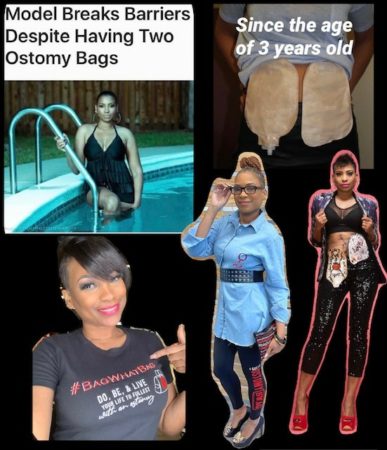
My life has had some unexpected outcomes. I guess you can say “life” happened. At the tender age of 3 years old I developed a rare form of cancer (Rhabdomyosarcoma). Because of the tumors I had to undergo ostomy surgery, which left me with two permanent ostomies (colostomy & urostomy).
If you or a child come to find you need a second ostomy my advice is to ADAPT. I had to learn to adapt. As I got older it was two major things for me to adapt; body and mind. When we hear two ostomies we get scared, but when we accept what we can’t change it says we are survivors. I adapted to new ways of taking care of my body (ostomies) and keeping my mind positive. Those still adapting to having two ostomies reflect how far you have come and where you are now. Celebrate each moment.
A Common question or statement I get is “you had your ostomies that long. How did you adapt?” The moment I learned to deal with my medical circumstance when my mom explained that I was not different from anyone else. I am beautiful with my bags. I can be, do, and follow my passions and dreams. I can live a full and vibrant life. It happened just as she said. Because of what she instilled in me, I BELIEVED IT.
When we hear two ostomies we get scared, but when we accept what we can’t change it says we are survivors.
Sharing with the community of double ostomates is so refreshing and exciting. It is true “we are not alone”. We can live our life as a double ostomate with joy. We are more than our ostomies.
I also try to give encouraging tips for dressing with an ostomy for comfort and peace of mind. Remember.
- We are beautiful from the inside out
- Work with your body type and comfort
- Look for clothing that YOU like ,and what is comfortable for your ostomies
- Shopping for clothing; take a family or friend along for support
- Try on multiple items of clothing, even the clothing in your closet
- Consider ostomy accessories (ostomy wraps, stealth belt, hernia belt, fitted tops, high waist undergarments, etc..)
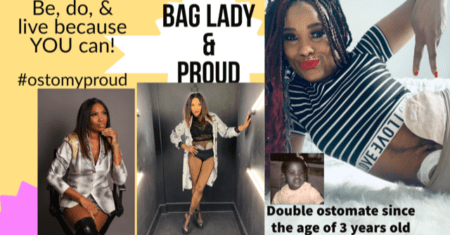
We have the ability to make a difference and change lives even through our struggles. You may have an ostomy, dealing with chronic illness, feeling down and inadequate at times, but remember you are more than you have become. Our situations, challenges, and unforeseen circumstances does not have to dictate who we are or who we can become. My purpose is to inform everyone that “life” happens to us all; good, bad, and indifferent. I want to show people even through our struggles, pain, disease, and even having ostomy we have a purpose in life.
“DIFFERENT TO MAKE A DIFFERENCE“
You can find Jearlean online at jearleantaylor.com and across social media. Meet her and a whole community of double ostomates at UOAA’s 8th National Conference August 10-12, 2023, In Houston Texas.

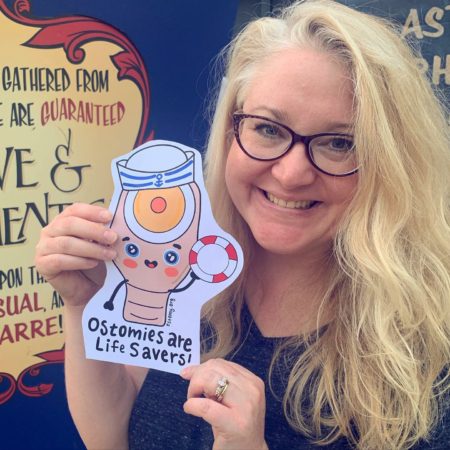
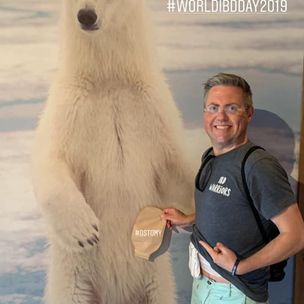
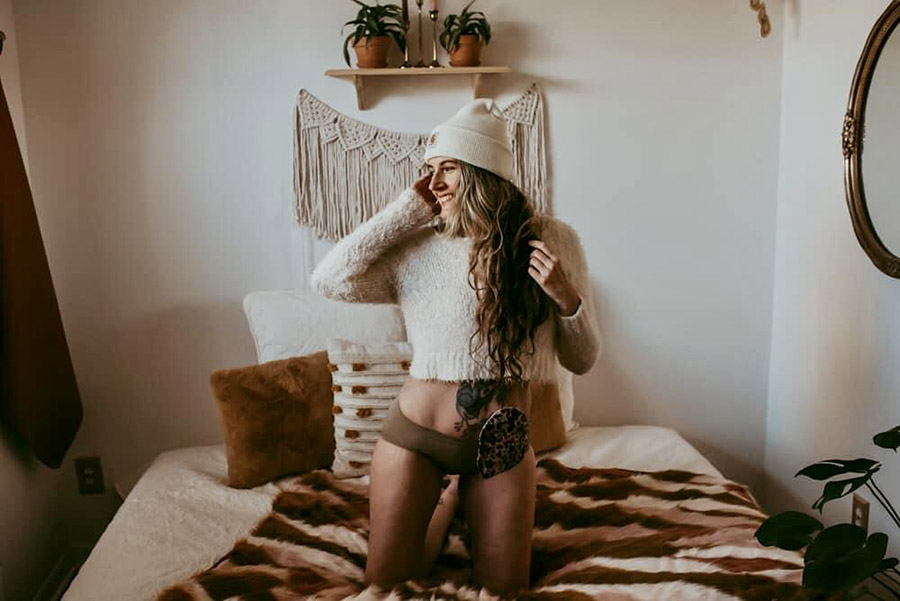
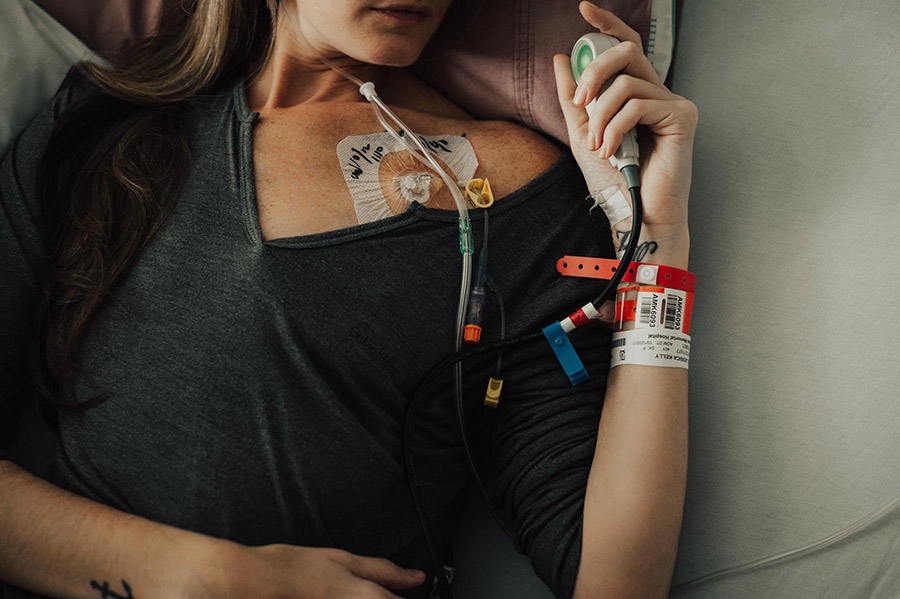
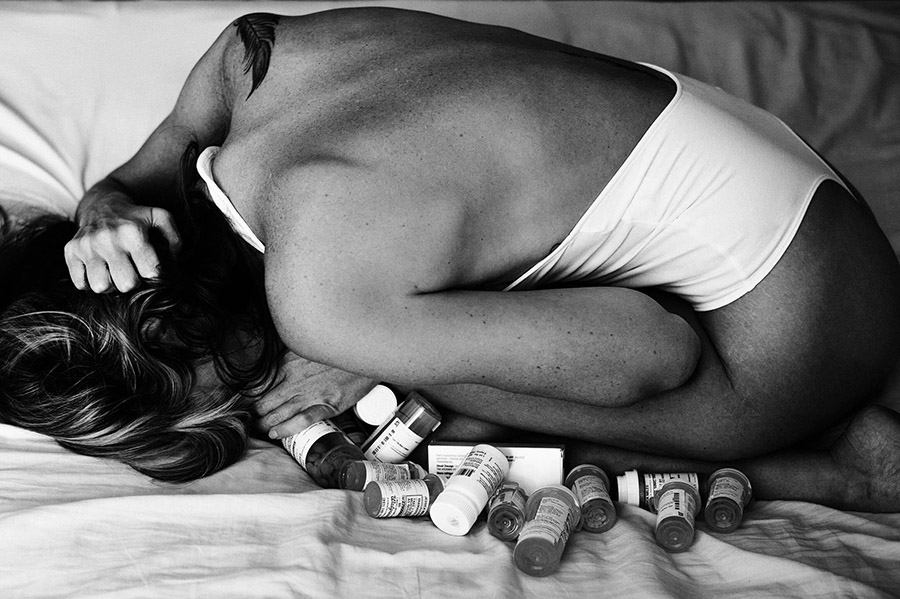 It’s hard to describe how I feel to someone who has no idea what daily life with a chronic illness is like. I feel awful on the inside but look perfectly fine on the outside. Putting on a brave face for all to see has become a habit. My symptoms aren’t usually visible to the untrained eye, but they are life-altering for me.
It’s hard to describe how I feel to someone who has no idea what daily life with a chronic illness is like. I feel awful on the inside but look perfectly fine on the outside. Putting on a brave face for all to see has become a habit. My symptoms aren’t usually visible to the untrained eye, but they are life-altering for me.
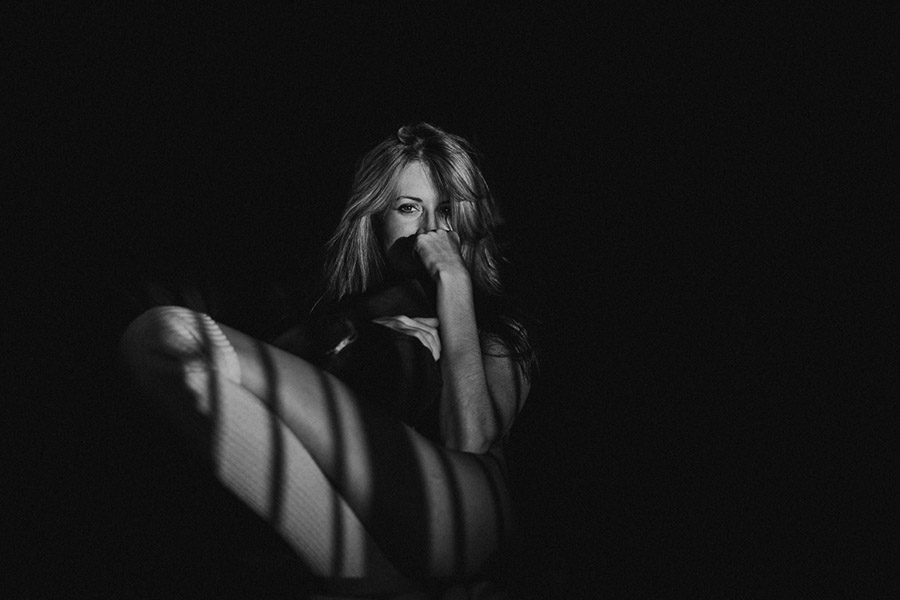
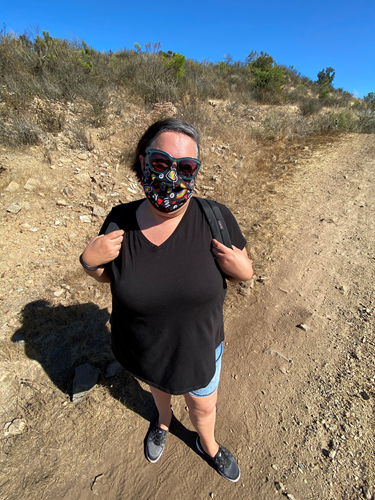 As a person with a complicated medical history, I was definitely paying attention, and started taking precautions very early to mitigate risk. As anyone who lives with a compromised immune system and chronic illness knows, when we get sick, it can have a way of snowballing.
As a person with a complicated medical history, I was definitely paying attention, and started taking precautions very early to mitigate risk. As anyone who lives with a compromised immune system and chronic illness knows, when we get sick, it can have a way of snowballing.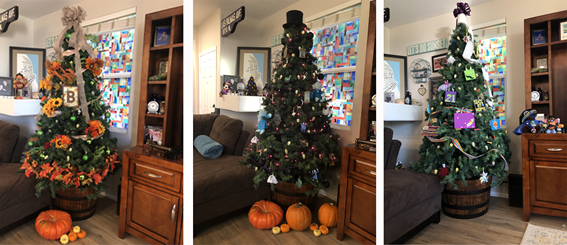
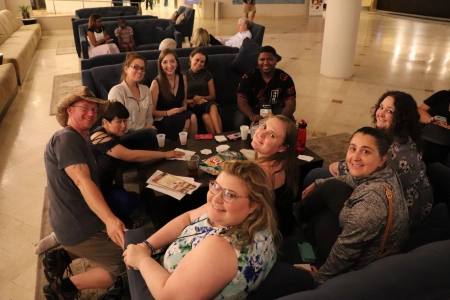
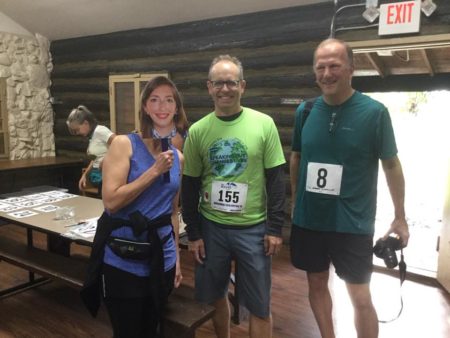
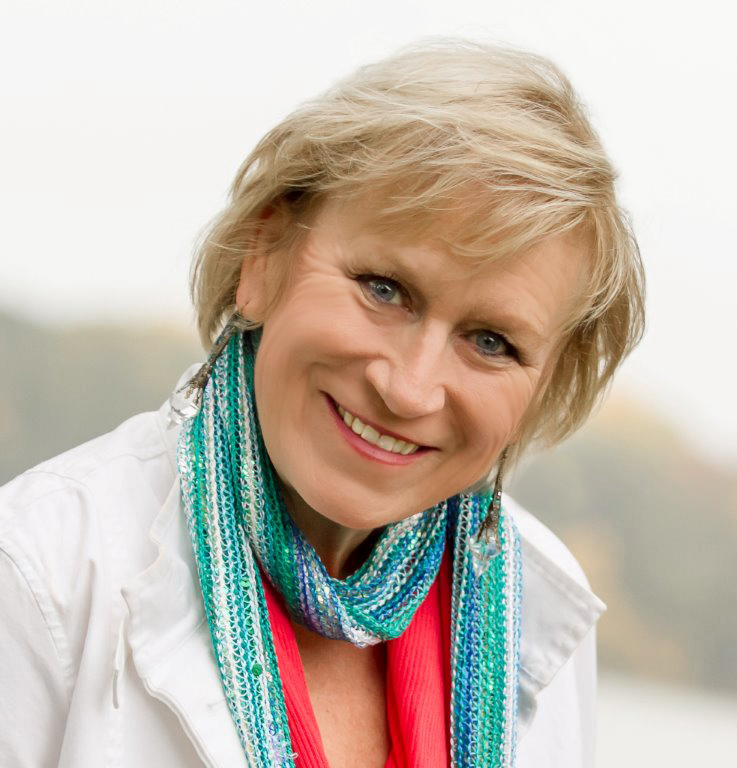
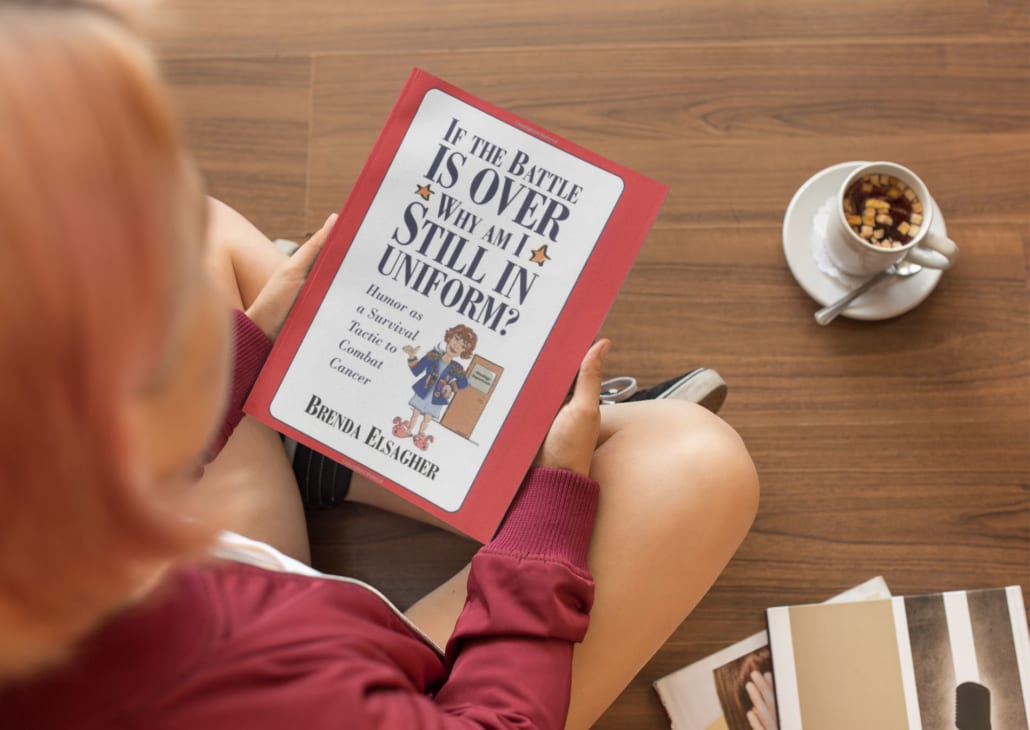 publication of the UOAA), which still exists today. Not long after, I got America Online (AOL) and felt like I was on the forefront of technology. I had a computer, and now the internet. Imagine horns blasting – my world opened up and the exchange of information worldwide was awesome. Even more ways to communicate! A woman in Colorado who read my book, “If the Battle is Over, Why am I Still In Uniform,” emailed me, decided to get a colonoscopy, and was spared from cancer. That is a satisfying feeling, to know you gave up a year of your life to write a book and it saved another.
publication of the UOAA), which still exists today. Not long after, I got America Online (AOL) and felt like I was on the forefront of technology. I had a computer, and now the internet. Imagine horns blasting – my world opened up and the exchange of information worldwide was awesome. Even more ways to communicate! A woman in Colorado who read my book, “If the Battle is Over, Why am I Still In Uniform,” emailed me, decided to get a colonoscopy, and was spared from cancer. That is a satisfying feeling, to know you gave up a year of your life to write a book and it saved another.

